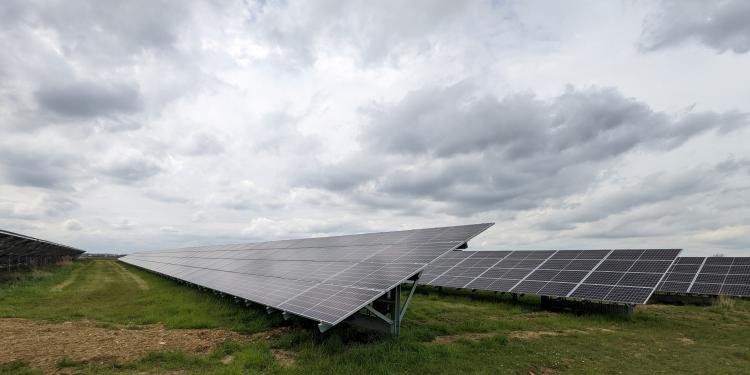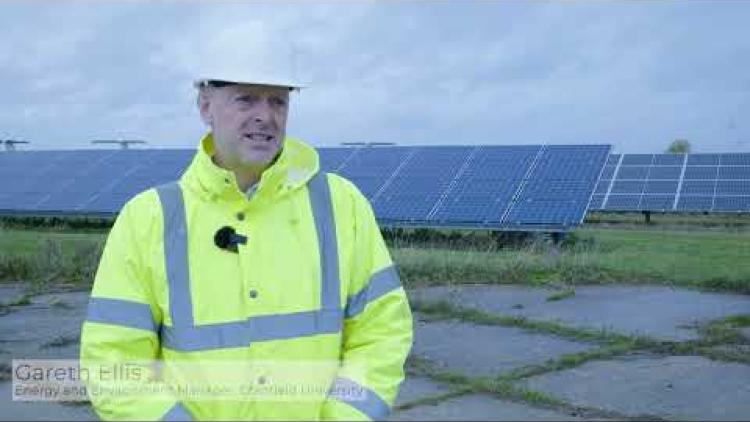Cranfield University

Key information
Scheme:
Phase 2 Public Sector Decarbonisation Scheme
Technologies used:
Air source heat pump, LED lighting, Solar PV
Region:
South East
Client type:
Higher education institution
Friday 27 January 2023
Estimated savings
£54k
Annual savings
£4.9m
Total grant value
1,214
Annual carbon savings tCO2e*
Working with Salix
Project overview
Cranfield University, which specialises in science, engineering, technology and management has been awarded £4.9m of funding as part of Phase 2 of the Public Sector Decarbonisation Scheme for a wide range of environmental improvements centred on its district heating system.
With the university’s 24-year-old inefficient boiler heading towards its end-of-life usage, part of the funding has gone towards replacing it with an air source heat pump, which will also help reduce the running of the gas-fired combined heat and power unit.
This project is the latest venture in a longstanding partnership between Cranfield University and Salix Finance which began in 2009 and will see upgrades to the building management system and LED lighting installed. Its solar farm will also be extended to help balance the electrical system as reliance on the existing gas fired combined heat and power is reduced.
The university has been a leader in energy and power for over 20 years and is known for its innovation in solar technology. These latest projects will see the university save £54,488 per year and more than £5m over the project’s 100-year lifetime. It will also reduce carbon emissions by 1,214 per year and more than 120,000 tonnes over its lifetime, continuing its commitments to the government’s UK net zero target by 2050 and its own green initiatives.
Salix Finance helped deliver the project, through the Public Sector Decarbonisation Scheme, which is funded by the Department for Energy Security and Net Zero.

Cranfield University, which received funding under the Public Sector Decarbonisation Scheme Phases 2 and 3, is featured in this three-minute video which explains how the institution will achieve net zero emissions by 2030.

Cranfield University has set an ambitious target to achieve net zero carbon emissions by 2030. To achieve this, the use of gas on site must be reduced both for heating and for electricity generation.
Technical breakdown
- Installation of an air source heat pump to replace inefficient, end-of-life boiler
- Heating pipework used to improve distribution of heat across the network
- Building Management System installed to improve the control of energy
- LED Lighting will help reduce the reliance on electricity
- Solar extension to the existing solar farm
April 2022
*tonnes of Carbon Dioxide, calculated using Green Book emissions factors for electricity published by the government.



